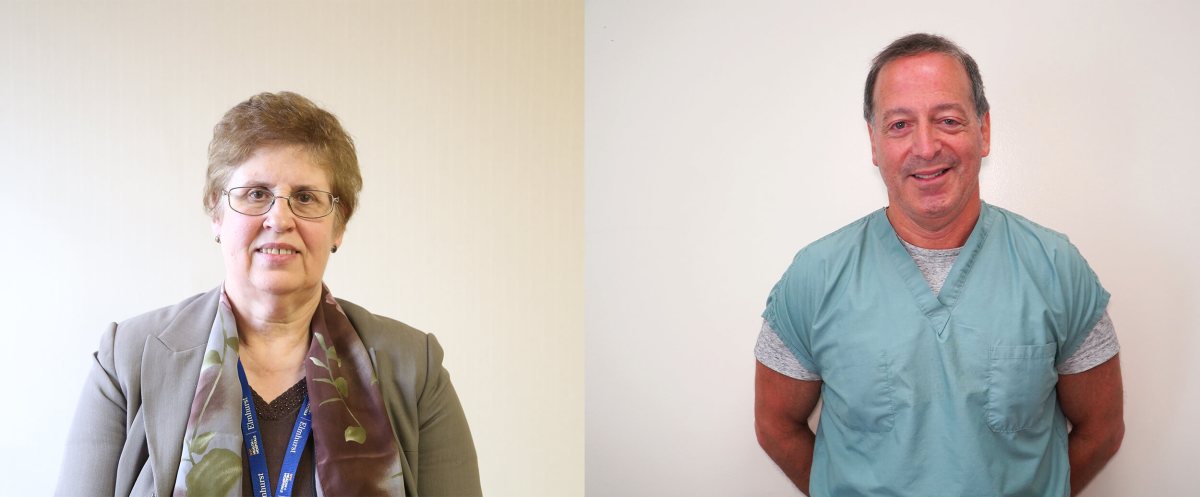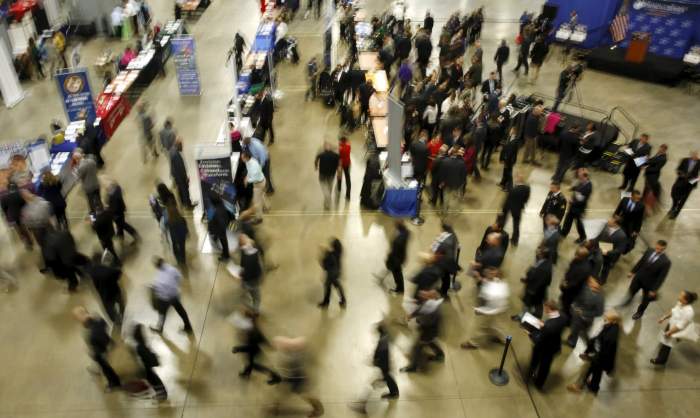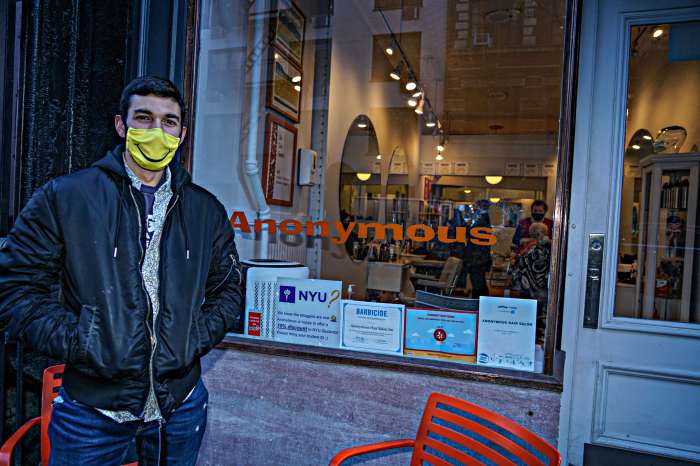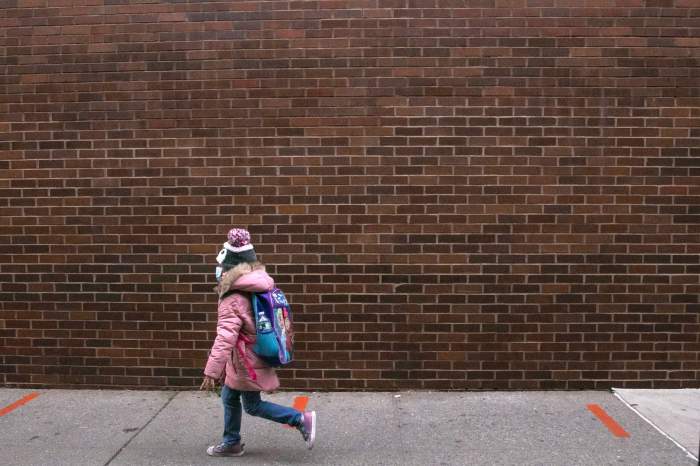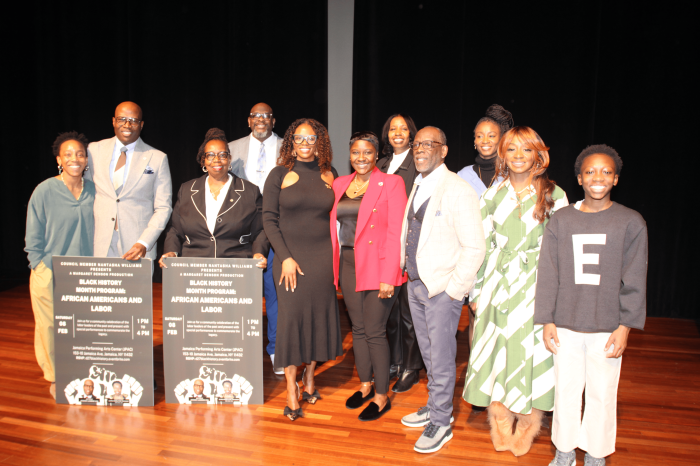In March 2020 — one year ago this month — Elmhurst Hospital in Queens became what was referred to as “the epicenter of the epicenter” of the COVID-19 pandemic when the virus first reached New York City.
The medical center was flung into the full view of the world as the facility swiftly became inundated with patient after patient. At one point in mid-March, as The New York Times documented, 13 people infected with COVID-19 died at Elmhurst Hospital in a 24-hour span — as the facility’s hard-working health care staff struggled to keep up with the influx of sick patients while putting their own lives at risk.
On the anniversary of this historic invisible onslaught, amNewYork Metro sat down with longtime members of Elmhurst Hospital to discuss both those first few months and how the procedure for treating COVID-19 patients have changed.
Joann Gull is the Chief Nursing Officer and has been working at Elmhurst Hospital for almost half a century while Dr. Stuart Kessler is the Director of the Emergency Department; he is also one of the clinical leaders for emergency medicine for Health and Hospitals and Vice Chair at Mount Sinai.
Together they comprised key leadership roles in the battle against the COVID-19 pandemic.
‘All brand new to everyone’
The toll of the relentless effort frontline workers undertook to save lives has been well documented, still no amount of media coverage can truly exemplify the drama and hardships faced during those early months battling an invisible enemy. The memory of those first few days and weeks as the severity of the situation became known is still fresh in the minds of these battle-hardened warriors.
“We are always preparing for emergency situations, but I don’t think anyone in the country could have been prepared for what happened in March and April,” Dr. Kessler began. “We knew something was different fairly early in March but there were a few days when we just had an overwhelming volume of patients coming to the emergency department and we saw almost double the volume, but not just double the volume, ten times the level of illness.”
It was a horrifying new experience for the entire Elmhurst staff, Dr. Kessler recalled — unlike anything they had seen before.
“So, it was early in March we realized this was going to be different. This was all brand new to everyone, there was really no predicting. You expected it would stop, then there were days when you just had no idea how much longer it could go,” Dr. Kessler said, recalling the overwhelming number of individuals admitted.
In order to prevent further spread of the novel coronavirus to the few non-infected patients, Elmhurst Hospital expanded its emergency room to other parts of the facility, including a med-surg space and other units becoming make-shift intensive care units.
“We adapted,” Gull told amNewYork Metro.
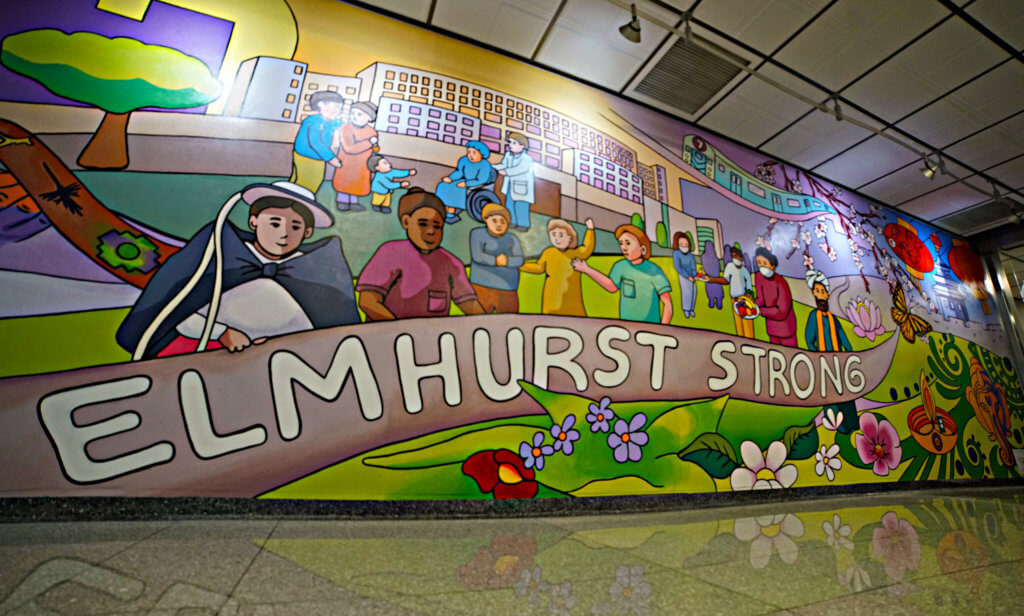
Part of that adaptation included other prevention methods such as prohibiting visitors from accessing the facility for safety reasons. This essentially cutoff those with the virus from the outside world, creating hardships for both staff and patients alike.
The burden placed on all involved also cultivated an unprecedented bond between those being treated and faculty. Over the days, weeks, and months, Elmhurst employees became surrogate family members for many fighting for their lives behind those walls.
“We did a lot of Facetiming with family members, we had physicians who adapted a unit and called family members every day and gave them an update of what was going on,” Gull remembered. “The staff — particularly the nursing staff — would try to spend as much time as they could with the patients, holding their hands, talking to them, so they felt that it was their calling to be a surrogate family member. So, I think a lot of people felt that one of their major contributions is to be the substitute family member and we got a great sense of pride as patients left the institution, it was very moving. As they left, we would gather outside the door and everybody would be cheering the patient and clapping and we felt we had won the battle for them.”
The sound of sirens and the sight of constant media cameras outside the hospital became part of the daily working conditions for many at the hospital, but with this fame also came hope and appreciation.
Staff would receive letters from all over the world while community members left thank you messages tied to the fences of the adjacent Moore Playground. This bolstered a workforce exhausted mentally and physically from what was essentially a medical war.
“The community support — I know for me personally — really gave me a lot of energy and helped me to go on every day because it came to the point that you really wanted to get up every morning and come here to be a part of taking care everybody who was here and know the community was with you was one of the most amazing things that I experienced during my many years here,” Gull shared.
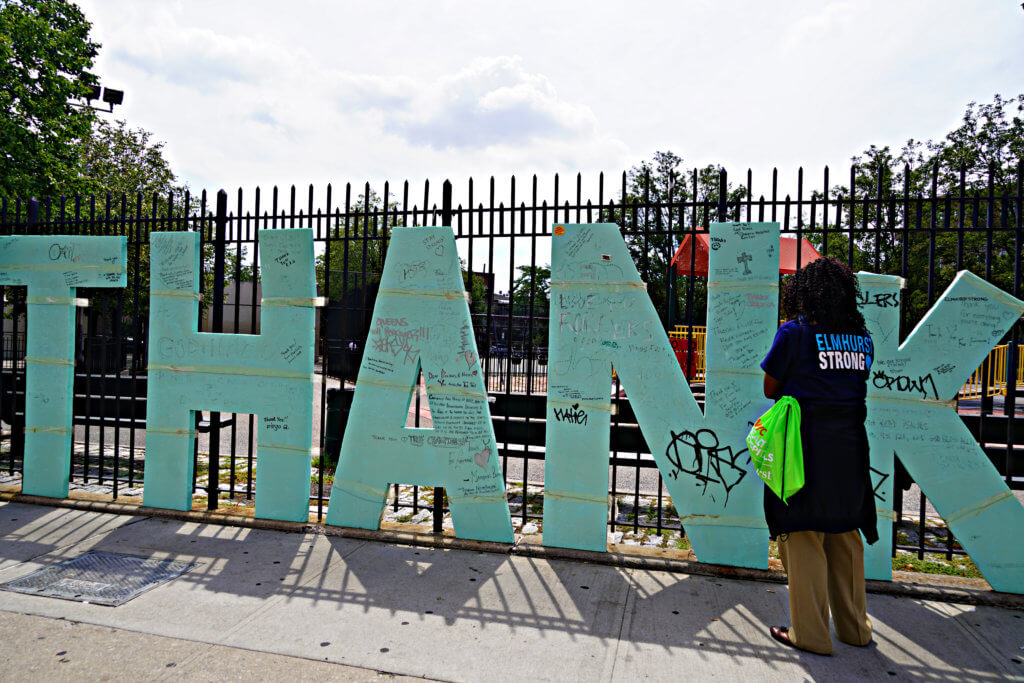
Although the hectic, hardest months are now behind them, Elmhurst Hospital is still treating both COVID-19 and non-infected visitors alike. As one of the hardest hit hospitals in all of New York, they have a unique perspective from which to learn and move forward with innovative treatment methods.
“We know what treatments seem to work and what don’t, so we have the ability to offer them treatments that vary. We have monoclonal antibodies for patients that we can discharge who are positive if they are within a short time frame from when their outset of symptoms began. We have an area of the emergency department that is specifically for patients that have COVID, so there is no concern about people getting infected with COVID when they come to the department. We do see maybe 10-20 patients a day that are presenting COVID symptoms but a lot of them can be evaluated and sent home. The big thing is the vaccine. The big thing is for people to understand how important the vaccine is,” Dr. Kessler said.
Due to improved testing measures it is easier for Elmhurst Hospital to not only understand who has the virus, but also to what gravity. When this is combined with the staff’s vigilance take in terms of sanitizing, the pair say it is much easier to keep people safe now.
Elmhurst has also employed written guidelines for care after looking at the national information, which allows for a similar approach of treatment from all the hospital’s departments—something they did not have access to in March and April.
Although they state there is still much to learn, they are now better equipped to deal with the virus than at any time before. Currently, they are looking for the COVID-19 vaccine to reach as many arms as possible.



